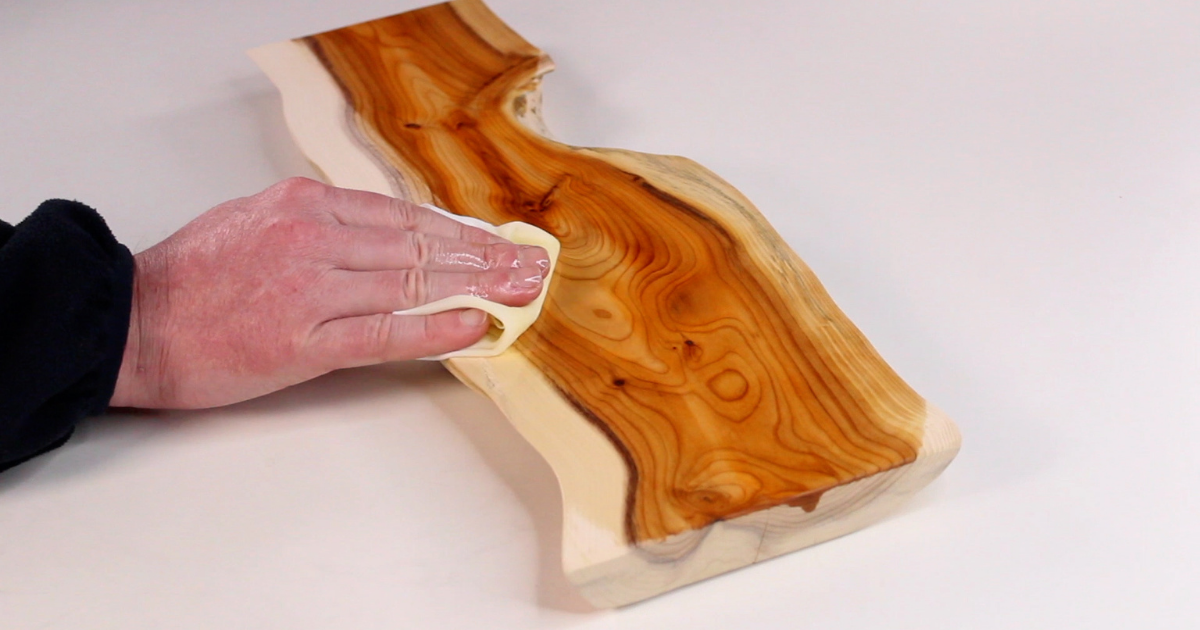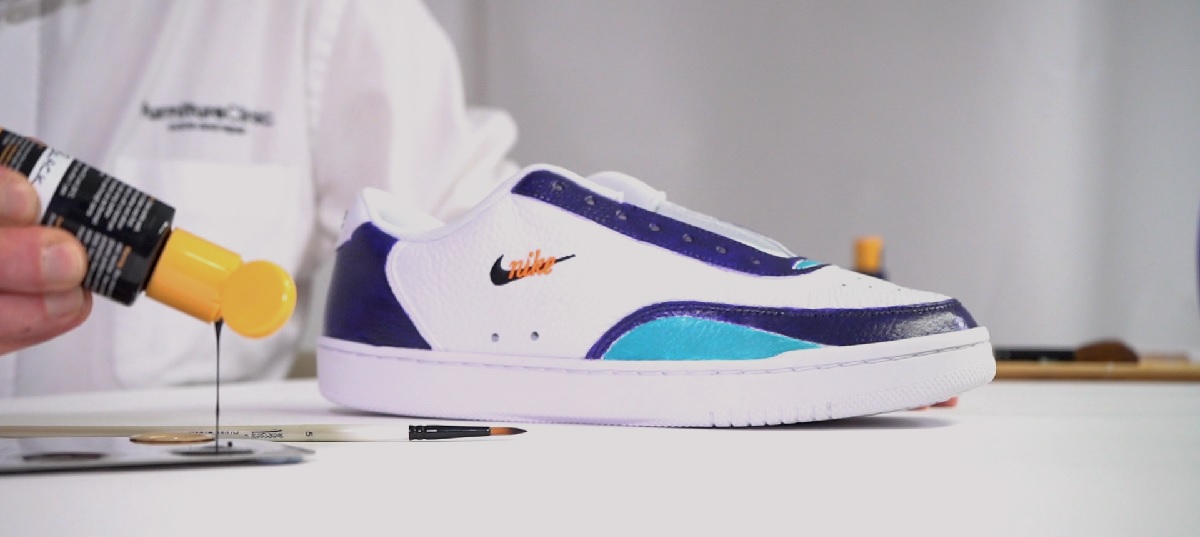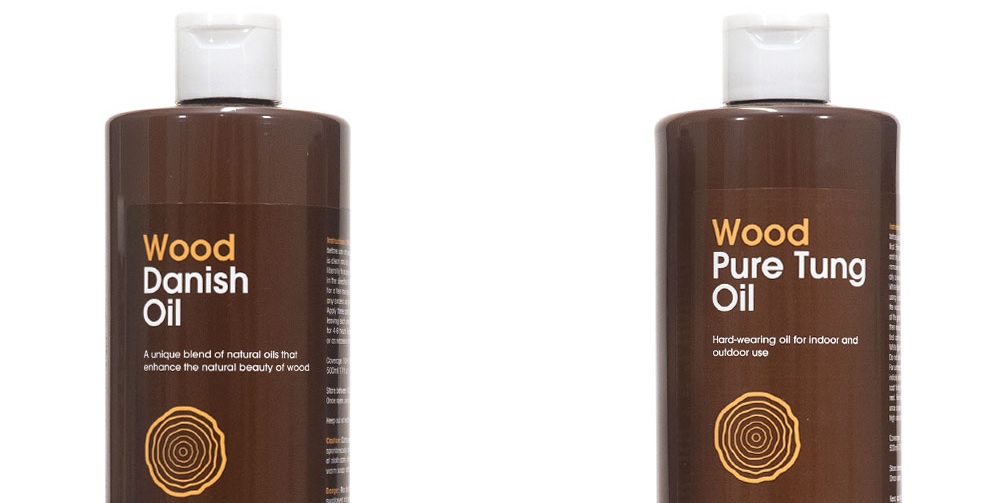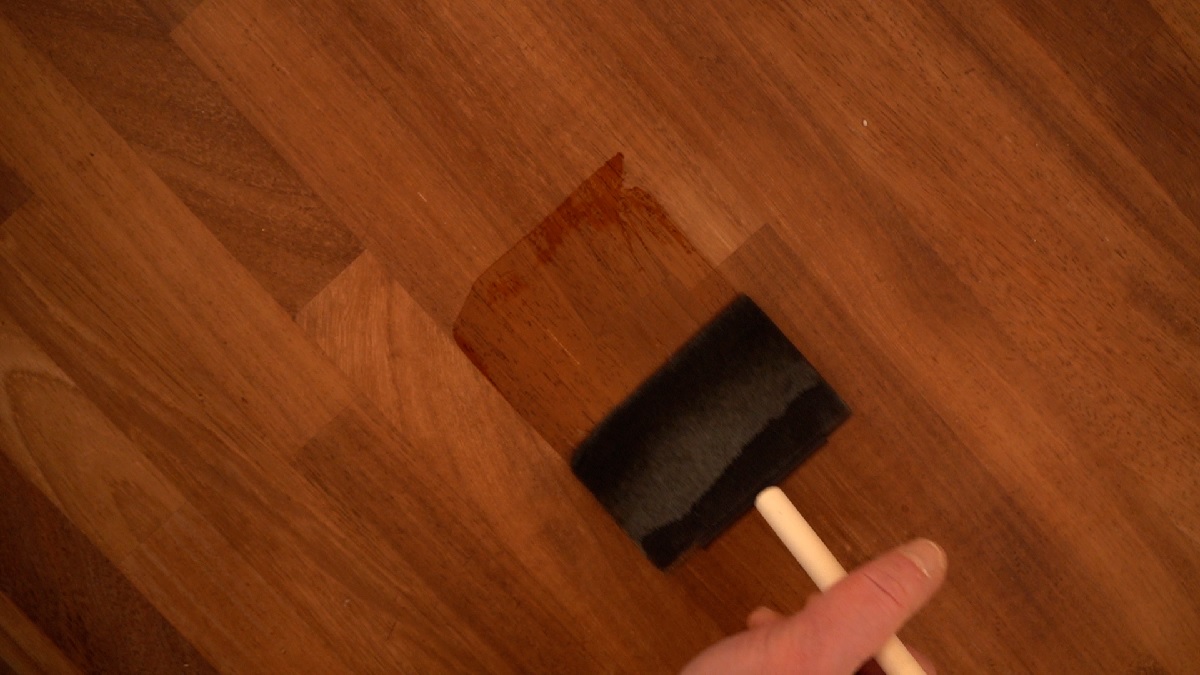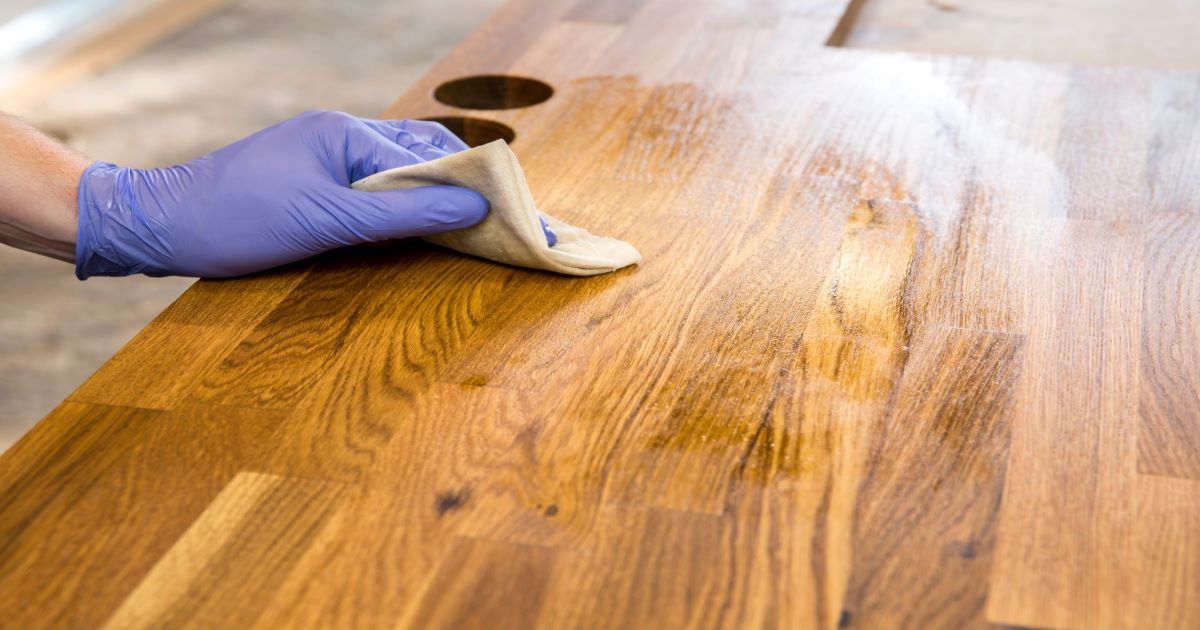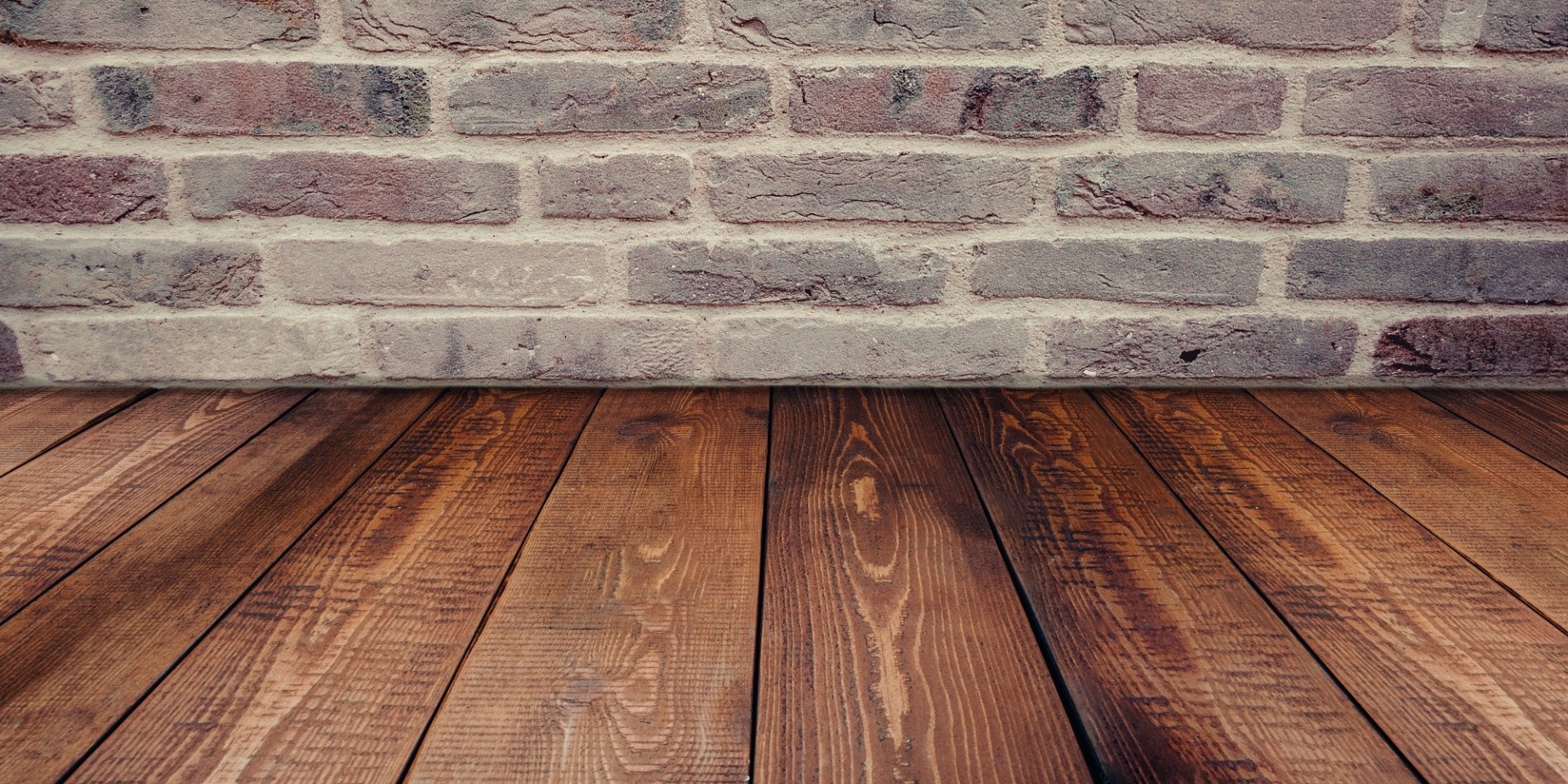How to use Danish Oil
Todays blog is all about Danish Oil; how to use it and how to apply it.
Step 1 – Clean the wood
Before applying the Danish Oil, it is important to properly clean the wood and remove any old finishes. This will ensure the oil is fully absorbed, creating an even and an attractive, natural, satin finish.
To clean the wood, we recommend using a specilaist Wood Cleaner.
Our Wood Cleaner is water-based and totally safe to use on all types of wooden surfaces. It is suitable for gently cleaning wooden surfaces to maintain a clean appearance but can also be used to thoroughly clean deeply ingrained dirt and stains from unfinished wood.
Extra pressure may be applied when cleaning unfinished wood as the wood will have absorbed the dirt and will require more cleaning.
To remove any old waxes and oils, gentle sanding may be required. This will also help smooth the wood before applying the Danish Oil.
Step 2 – Apply the first coat of Danish Oil
Apply the first coat of Danish Oil with a Foam Brush, wiping the oil onto the surface of the wood, following the direction of the grain.
A Foam Brush absorbs the product and allows you to distribute the oil liberally and evenly on to the surface of the wood. There are also multiple sizes available, so that you can apply oil to all those hard-to-reach areas on any wooden item.
Leave the oil to penetrate for two to three minutes and wipe away any excess oil with a Lint Free Cloth. We recommend using a Lint Free Cloth as it will not spoil the application of the oil by leaving any unwanted loose fibres, thread and lint on the surface.
Two more coats should be applied after the first, leaving four to six hours between each coat to ensure the previous application has completely dried before applying the next.
Step 3 – De-nibbing between coats
A foam backed, De-nibbing Pad removes "nibs" and imperfections in finishes and should be used in between coats of the Danish Oil, and when you have applied the final coat to create a super smooth finish.
After each coat has dried, gently sand the surface with the De-Nibbing Pad to create a perfectly smooth finish.
Step 4 – The final coat
Once the last coat of Danish Oil has dried and you have smoothed over the surface with a De-nibbing Pad, you can use the wood as normal.
We apply several coats of Danish Oil to build up the protection on the wood. You’ll get a much nicer finish by applying three even coats, rather than one heavy coat. This method not only increases protection, but also creates a more professional looking wood finish.
Watch the video - How to apply Danish Oil
Danish Oil for Maintenance of Wood
For maintenance of new or used items, simply re-oiling once a year is sufficient for year-round protection. Further coats can be applied to high use areas, if required.
The Benefits of Using Danish Oil
Our Danish Oil is a unique blend of natural oils and resins that penetrate deep into all interior and exterior wood and dries to provide a hard, durable, and lustrous satin finish, making it suitable for high use areas such as flooring, dining tables and kitchen worktops.
It provides excellent water resistance (including bare wood), helping to reduce staining and making the wood easier to clean and maintain.
Danish Oil is also completely non-toxic and food safe when dry, making it perfect for finishing children’s furniture and toys too.
Wood Finishing Oils
Our Wood Oils are easy to apply and will help enhance the natural beauty of the wood.
When it comes to choosing a specific oil, it mostly comes down to the environment the item is being used on and how you want the finished article to look.
If you need help deciding which of our Wood Oils would the most suitable for the item you are working on, see our ‘Best Oils For Wood Furniture’ blog, or get in touch.



